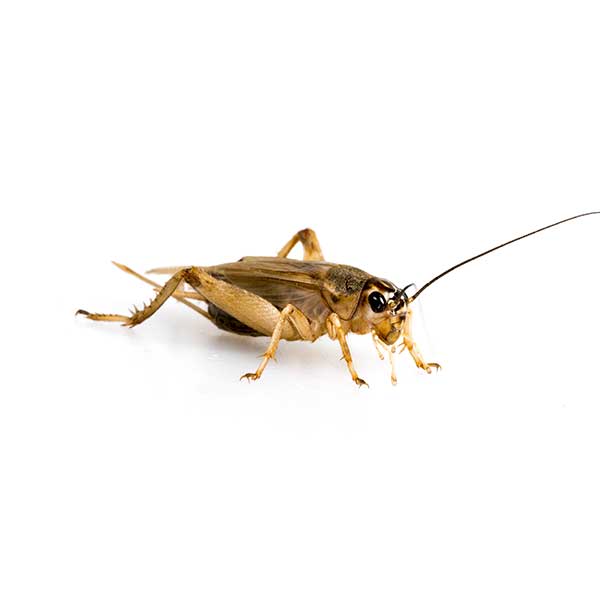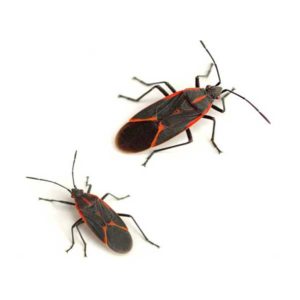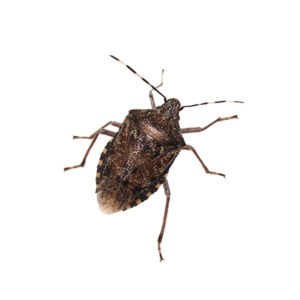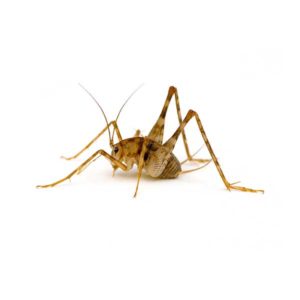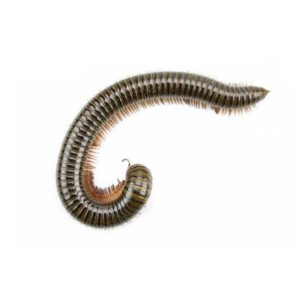House Crickets in North Carolina
The house cricket was introduced into Canada and the United States in the 18th century and attracted the attention of early writers by its serenades and whimsical habit of chewing on clothes. House crickets are nocturnal and omnivorous, feeding readily on various foods, and are particularly attracted to liquids, especially fermented beverages such as beer or sweetened vinegar. House crickets are drawn to warm moist environments, seeking food and shelter within homes and structures as temperatures cool down in the fall.
Because there are many different types of beetles in North Carolina, they can be difficult to distinguish, however our common beetle species can help with this.
House Cricket Habitat
During warm weather, the house cricket lives outdoors in piles of debris, rocks, firewood, and lumber. They may also be seen in compost bins and garbage dumps during the winter, as well as in houses, sheds, and other shelters. With the coming of cold weather, the house cricket enters homes and is active in warm areas of the house. House crickets are nocturnal and usually first make themselves evident at dusk when they begin to seek food in homes. Homeowners may also be alerted to their presence by the familiar chirping sounds made by males. When attracting females, males rub their front wings together causing a chirping sound.
House Cricket Behaviors, Threats, or Dangers
House crickets do not bite or spread disease, however, they can become a nuisance if they gain entry into a home, damaging clothing, carpets, and areas covered in fabric. Because these crickets are attracted to warmth, they are often present in the vicinity of the fireplace, kitchen, furnace, water heater, and basement. They conceal themselves in cracks, behind baseboards, and may burrow into the mortar of walls. The house cricket is especially destructive to silk and woolens.
If you have a house cricket infestation in your North Carolina property, contact your local pest control experts.
Signs of a House Cricket Infestation
The most obvious sign of a house cricket infestation is the sound of their chirping, which males produce to attract females. Other indicators include sighting crickets or their feces, which are small, black droppings. Crickets are nocturnal and more active at night, so you may also notice them more in the evening or when the house is dark and quiet.
House Cricket Bites
House crickets are not known to bite humans aggressively. However, if handled or provoked, they can pinch the skin with their mandibles. These bites are not dangerous but may cause minor irritation or discomfort.
Are House Crickets Dangerous?
While house crickets are not considered dangerous, they can be a nuisance. Their chirping can be disruptive, and they may damage fabrics, plants, and stored food products. Additionally, they can attract other predators into homes, including spiders and rodents.
How to Get Rid of House Crickets?
Eliminating house crickets involves reducing their habitat, removing food sources, and directly targeting the insects. Seal cracks and gaps in the home’s exterior to prevent entry. Vacuum regularly to remove crickets, eggs, and food debris. Use sticky traps in areas where crickets are frequently seen. In severe infestations, a professional pest control service may be required to get rid of House Crickets.
House Cricket Prevention Tips
Preventing house cricket infestations requires maintaining a clean and dry home environment. Seal entry points, reduce moisture by fixing leaks and using dehumidifiers, and keep clutter to a minimum. Store food in sealed containers and dispose of garbage regularly. Outside, remove potential cricket habitats near the home, such as piles of wood, leaves, or other debris.
Frequently Asked Questions
Why am I Getting Crickets in My House?
Crickets enter homes in search of warmth, moisture, and food. Unsealed gaps, cracks, or open doors and windows can provide easy entry points.
Are Crickets OK in the House?
While a few crickets are not usually a problem, large numbers can be a nuisance and potentially cause damage to fabrics and stored food.
How Long Will a Cricket Live in My House?
The lifespan of a house cricket is typically several months, but this can vary based on environmental conditions. Indoors, where predators are fewer and conditions can be ideal, crickets can survive quite well.

